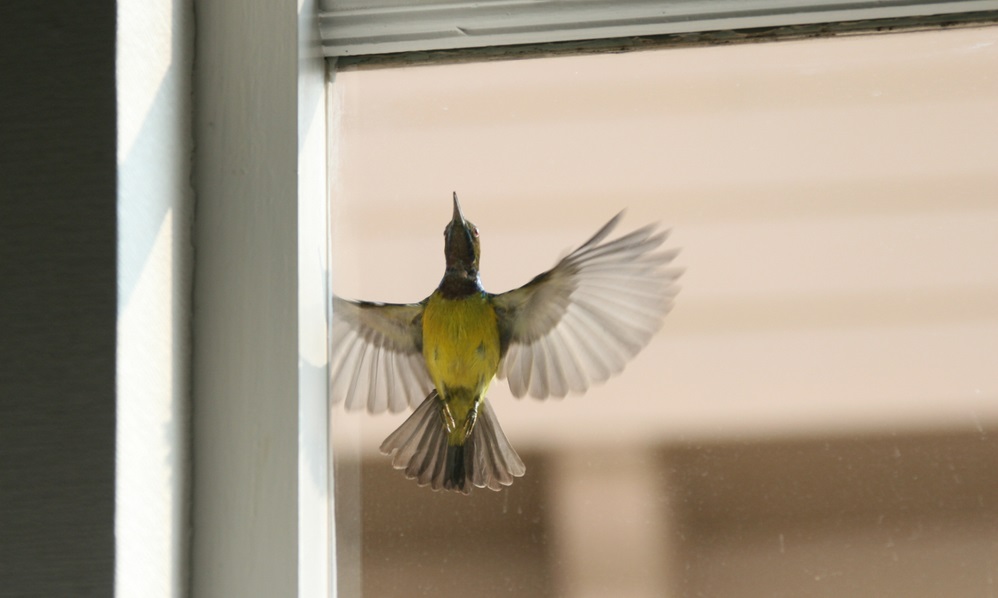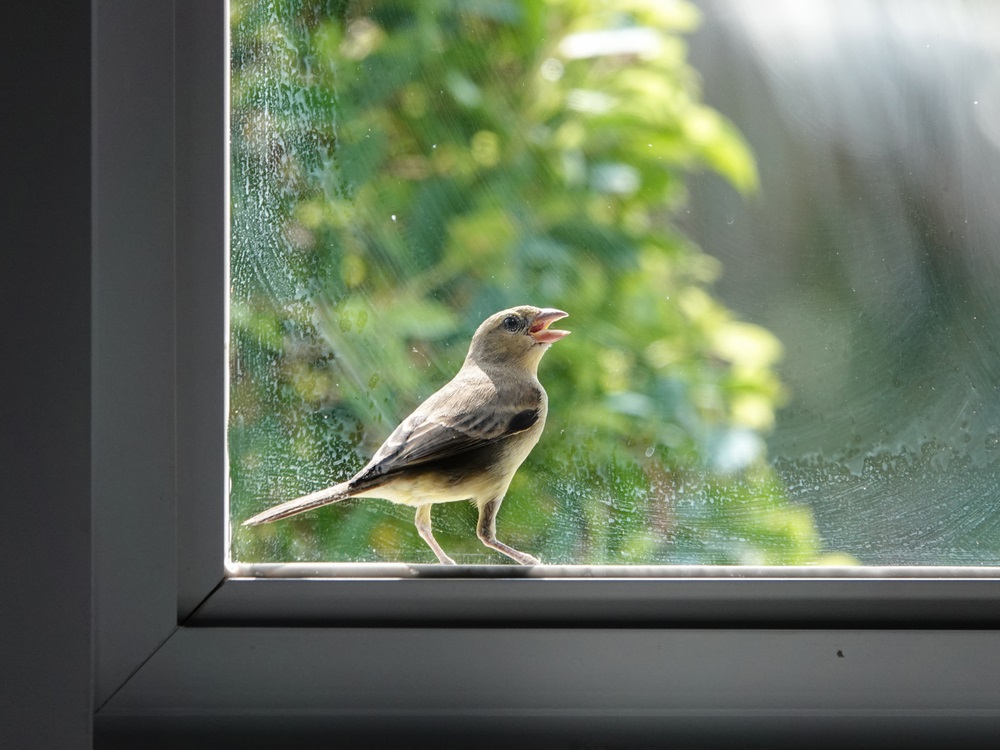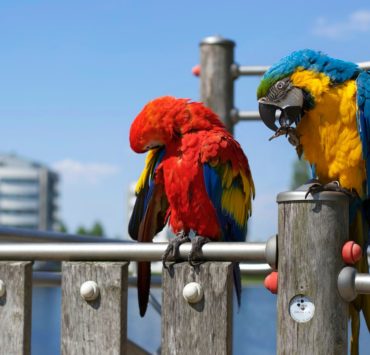
Have you ever been sitting at home, relaxing, and minding your own business, when the silence was broken by a loud crashing “thud” against your window? It’s one of those sounds that make your heart skip a beat. Against your better judgment, you rush outside to see what it was, and you notice a beautiful little bird lying motionless on the ground below.
Now, if it happens once, you can attribute it to an unfortunate coincidence. If it happens repeatedly, it might be time to do something about your windows.
Why do birds fly into windows, and what can you do to stop them? Here’s what you need to know.
Why Do Birds Fly Into Windows
According to a recent article published in AP News, scientists estimate that 365 million to 1 billion birds die from collisions with outdoor structures every year. Although they aren’t always killed on impact, the majority of them succumb to injuries later. Injured birds are also more vulnerable to predators.
What exactly causes a bird to fly into a window in the first place? First off, it depends on what time of day it is. The reason why a bird would fly into a window during the day is different from a nighttime occurrence.
What Does It Mean When a Bird Flies Into a Window During the Day
In the daytime, a bird can see through a glass window and the reflection on the glass, but it doesn’t see the actual glass itself. The reflection on the glass often appears to be an open area that the bird can fly through.
While humans see the same reflection birds do, we have other visual cues that tell us there is glass present. For instance, a window frame and a nearby structure like a door. On the other hand, a bird doesn’t understand cues, so it doesn’t know to stop when it gets close to the glass.
Territorial Behavior
Bird collisions are more common during spring and fall compared to any other time of year. That’s when most of them migrate and establish new territories.
When a male bird sees its reflection in the window, it believes that it’s an adversary trying to commandeer its territory. As a result, the bird keeps flying into the window to try and scare “its rival” into leaving. This is a common territorial trait in robins, mockingbirds, and cardinals.
What Does It Mean When a Bird Flies Into a Window at Night
At nighttime, a bird would fly into a window because the light inside the building attracts them. Several species of migratory birds, like songbirds, usually fly at night. Bright lights may attract their attention, causing them to deviate from their flight path. They often mistake these artificial lights for natural nighttime light sources like the moon and stars.
How to Stop Birds From Flying Into Windows

One of the most frequently asked questions we get is how to prevent birds from hitting windows. Right off the bat, any window bird deterrent serves one major purpose – to make the window visible to birds. This may involve changing things outdoors and indoors.
Outdoor Measures You Can Take
Here are a few tips on how to make your windows visible to birds from the outside.
- Bird deflectors for windows – These make the glass visible to birds while remaining transparent to humans.
- Bug screens – Provide protective cushioning for a bird if it flies into the window.
- External awnings or sun shades – These minimize the light reflection on windows, making them less transparent.
- External shutters – Keep them closed anytime you’re not using your windows.
- Light net or window screen – Attach it about 3 inches away from the window, making sure it is taut. That way, when birds fly into them, they’ll bounce off it like you would on a trampoline.
- Relocate baths and feeders – Keep them at 30 feet (at most) or 3 feet (at minimum) away from the house. That way, they are either far enough for birds to recognize the windows as part of the house or too close for collision.
- Paint patterns – Use soap or tempera paint outside the windows to make them more visible.
- Tape strips – Attach ¼-inch or ⅛-inch strips of chart tape outside the window, spaced 4 inches and 1 inch apart, respectively.
- Whitewash – If your basement or shed has windows, consider applying whitewash to make them opaque.
- Wind chimes – Keep them closely spaced by at most 4 inches wide by 2 inches high.
Indoor Measures You Can Take
Here are a few changes you can make inside your home to make your windows visible to birds.
- Lights – Turn off the lights at night, or if you must have them on, draw the blinds or curtains.
- Shades and curtains – If you don’t need to let in daylight, or you aren’t looking out the windows, draw the shades or curtains and leave them closed.
- Vertical blinds – Install vertical blinds and keep them half shut.
How to Help an Injured Bird That Has Flown Into a Window
If you encounter an injured bird that collided with a window, here’s what you should do.
- Using a towel, gently pick up the bird and place it in a cardboard box. Ensure that you puncture some air holes beforehand. Once the bird is safely inside, close the top of the box.
- Place the box in a warm, quiet, dark place away from the commotion.
- Check on the bird’s recovery progress every 30 minutes. Don’t touch the bird when you do.
- ● If the bird’s condition appears to be improving, transfer the box outside and leave the top open. Then, take a couple of steps back and wait a few minutes to see if it flies away. If it doesn’t, shut the box and take it back inside.
- If there’s no improvement in the bird’s condition after a few hours but is still alive, get in touch with your local wildlife rehabilitator.
Do you need advice on how to keep your birds healthy? Use our online Vet Chat right now to consult with a qualified veterinarian.
In the meantime, read about how to attract hummingbirds and what to feed them.



